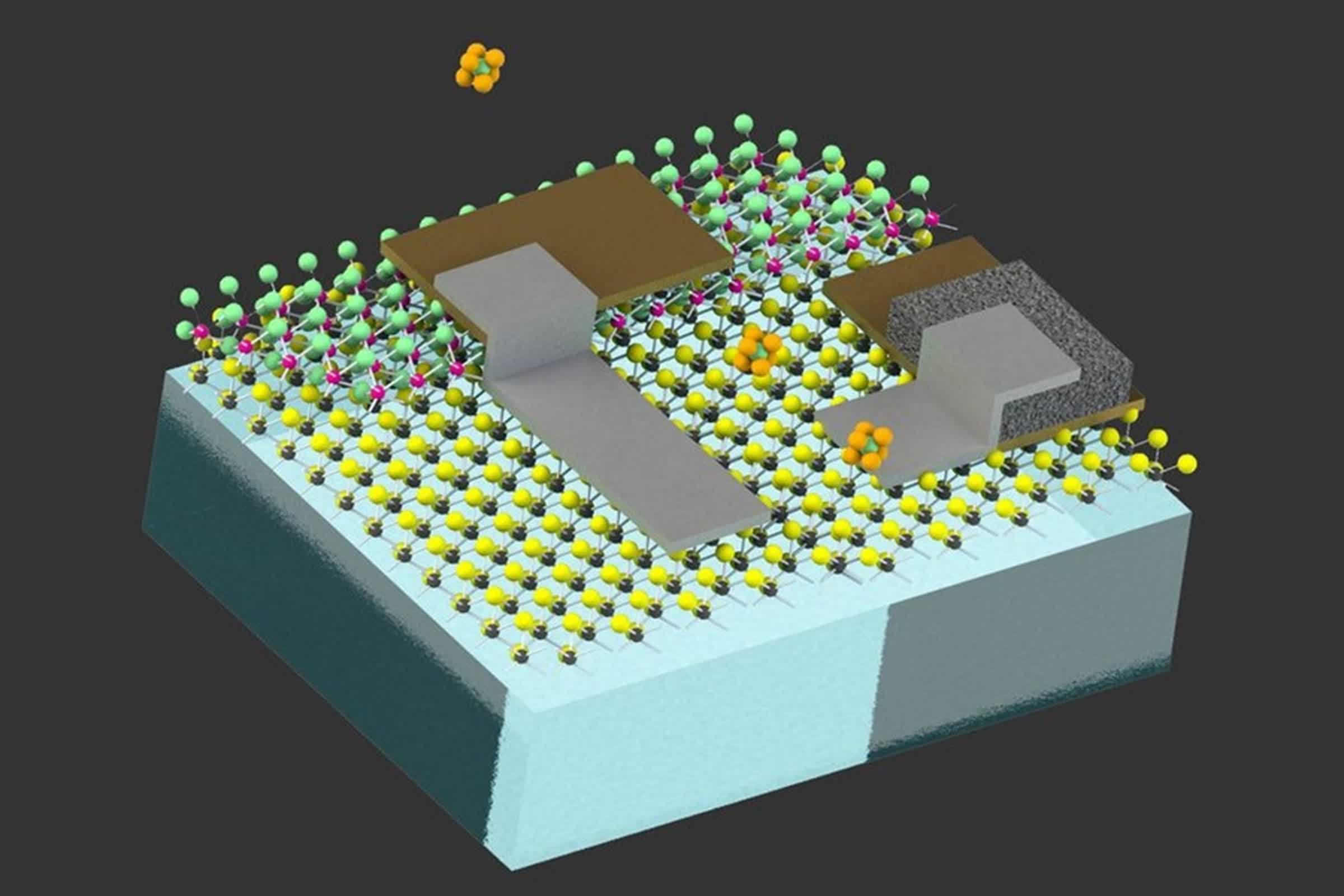The big picture: The future of targeted drug delivery may hinge on the development of a tiny battery capable of powering cell-sized robots. MIT researchers have created such a battery and are now working on incorporating it into robotic devices that can be injected into the human body using biocompatible materials. The team is also exploring additional applications by working to increase the battery's voltage. However, to fully realize the battery's potential, compatible systems and interfaces must be developed to ensure it can be integrated with existing robotic technologies.
MIT engineers have unveiled a groundbreaking tiny battery that could transform the deployment of cell-sized, autonomous robots for applications such as drug delivery within the human body and detecting leaks in gas pipelines.
This innovation marks a major advancement in robotics technology, paving the way for the development of autonomous robots capable of functioning without reliance on external power sources.
The battery is remarkably small, measuring just 0.1 millimeters in length and 0.002 millimeters in thickness, similar to the width of a human hair. It functions by capturing oxygen from the air to oxidize zinc, producing a current of up to 1 volt – sufficient to power small circuits, sensors, or actuators.
The battery is remarkably small, measuring just 0.1 millimeters in length and 0.002 millimeters in thickness.
"We think this is going to be very enabling for robotics," said Michael Strano, the Carbon P. Dubbs Professor of Chemical Engineering at MIT and the senior author of the study. "We're building robotic functions onto the battery and starting to put these components together into devices."
Strano's lab has been dedicated to developing tiny robots that can sense and respond to environmental stimuli, but a key challenge has been ensuring these robots have enough power. While some researchers have used solar energy to power microscale devices, this approach requires a constant light source, such as a laser, to be directed at the robots, earning them the nickname "marionettes" due to their reliance on external power.

By contrast, incorporating a battery within these devices allows for greater freedom and mobility. "The marionette systems don't really need a battery because they're getting all the energy they need from outside," Strano explained. "But if you want a small robot to be able to get into spaces that you couldn't access otherwise, it needs to have a greater level of autonomy. A battery is essential for something that's not going to be tethered to the outside world."
To improve the robots' independence, Strano's team chose zinc-air batteries, known for their high energy density and long lifespan, which are often used in hearing aids. The design includes a zinc electrode connected to a platinum electrode, both embedded in a polymer strip called SU-8, commonly used in microelectronics.
The interaction with oxygen results in zinc oxidation, releasing electrons that flow to the platinum electrode, generating a current.
The researchers demonstrated that the battery can power an actuator, such as a robotic arm, as well as a memristor, which stores event memories by altering resistance, and a clock circuit for tracking time.
Additionally, the battery can run two types of sensors that change resistance when detecting environmental chemicals, one made from atomically thin molybdenum disulfide and the other from carbon nanotubes.
The research, led by Ge Zhang, PhD '22, and MIT graduate student Sungyun Yang, has been published in Science Robotics. The research was funded by the US Army Research Office, the U.S. Department of Energy, the National Science Foundation, and a MathWorks Engineering Fellowship.
